Short On Space? You Can Grow Choisya In Pots, But You’ll Need A Large Planter


Elizabeth is a Permaculture Garden Designer, Sustainability Consultant and Professional Writer, working as an advocate for positive change. She graduated from the University of St. Andrews with an MA in English and Philosophy and obtained a Diploma in Applied Permaculture Design from the Permaculture Association.
Reviewed By COLIN SKELLY

Colin is a Horticulturist and Horticultural Consultant with experience in a range of practical and managerial roles across heritage, commercial and public horticulture. He holds the Royal Horticultural Society’s Master of Horticulture award and has a particular interest in horticultural ecology and naturalistic planting for habitat and climate resilience.
IN THIS GUIDE
CHOISYA GUIDES
Container Growing
Pruning
Choisya shrubs can work well in many gardens and are a popular choice, but if space is short or soil is unsuited to these plants, can you grow choisyas in containers?
If you’re wondering the same thing, then this article’s for you.
Can You Grow Choisya In Pots?
The good news is that choisya can work very well in pots.
Cultivars vary in their height and spread, and smaller and more compact varieties are best suited to container cultivation.
‘White Dazzler’ for example, is one of the smallest options on offer, growing into neat and compact mounds less than 1m in height and spread, making it a particularly good option if you are looking to grow a choisya in a pot.
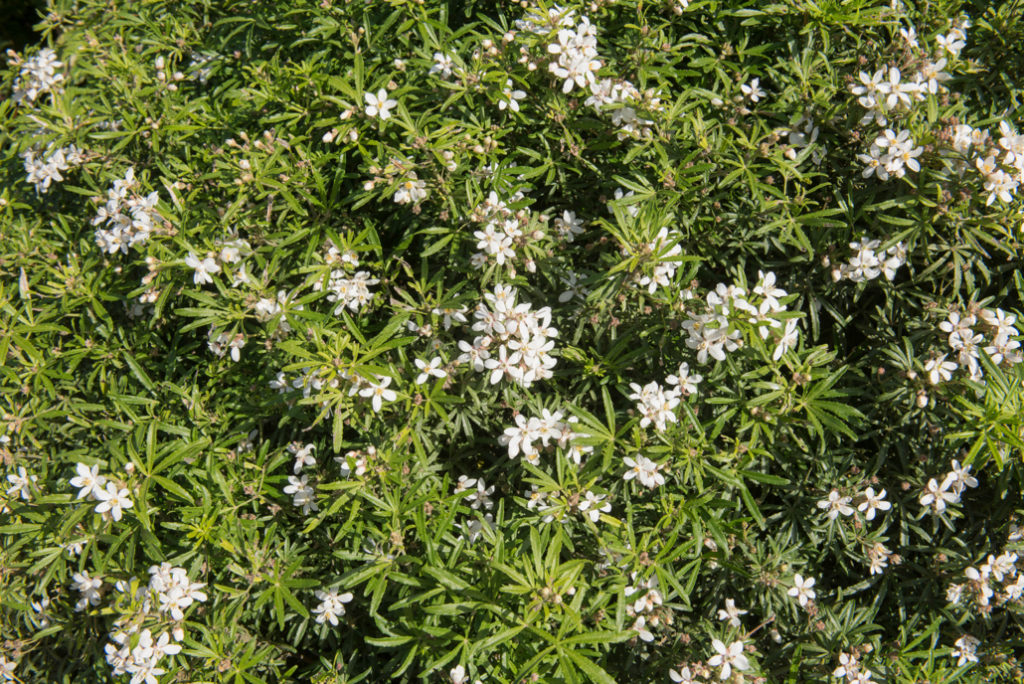
‘Royal Lace’ is another compact cultivar well suited to small space and container growing.
It is a hybrid cultivar with golden to lime green lacy leaves and white flowers.
However, while slower growing and smaller choisyas are ideal for container growing and will require less pruning, other choisyas can also do perfectly well in pots of sufficient size.
Choosing A Container
Choisya shrubs are usually purchased as pot grown specimens.
I find it is typically best to repot the choisya plant that you will grow in a container long term into a container that is just a little larger than the one in which it came.
Ultimately, a mature choisya will need a large container, such as a half-barrel or another larger pot or planter.

I’ve found that choisya will thrive in terracotta or ceramic pots, with good drainage holes at the base.
Remember, these shrubs cannot tolerate water-logging, so good drainage is essential.
A heavier pot with good thermal mass is a good idea because it can help to protect a choisya through the coldest months.
Compost Requirements
When potting up a choisya that will remain in a large pot for the long-term, you should fill it with a loam-based growing medium.
The RHS recommends using 2/3 John Innes no. 3 and 1/3 peat-free, multipurpose compost, though you might also make your own homemade equivalent.1How to grow choisya. (n.d.). Royal Horticultural Society. Retrieved March 14, 2023, from https://www.rhs.org.uk/plants/choisya/growing-guide
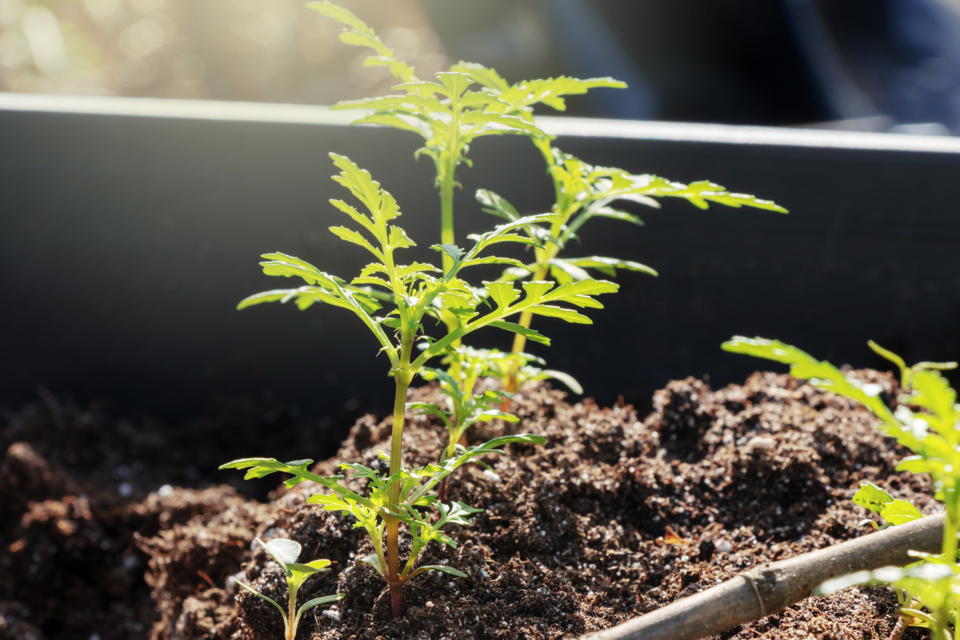
Just remember that the mix for choisya should create conditions that remain reasonably moist while allowing excess water to drain away.
Any mix that might promote waterlogged conditions should be avoided.
Potting Up
Though you can pot them up at any time, choisyas that are potted up in the spring should have the least trouble in establishing successfully.
When potting up a choisya, remember to make sure that the shrub is placed in its new pot so that the growing medium sits at the same level on the plant that it was at in the previous pot.
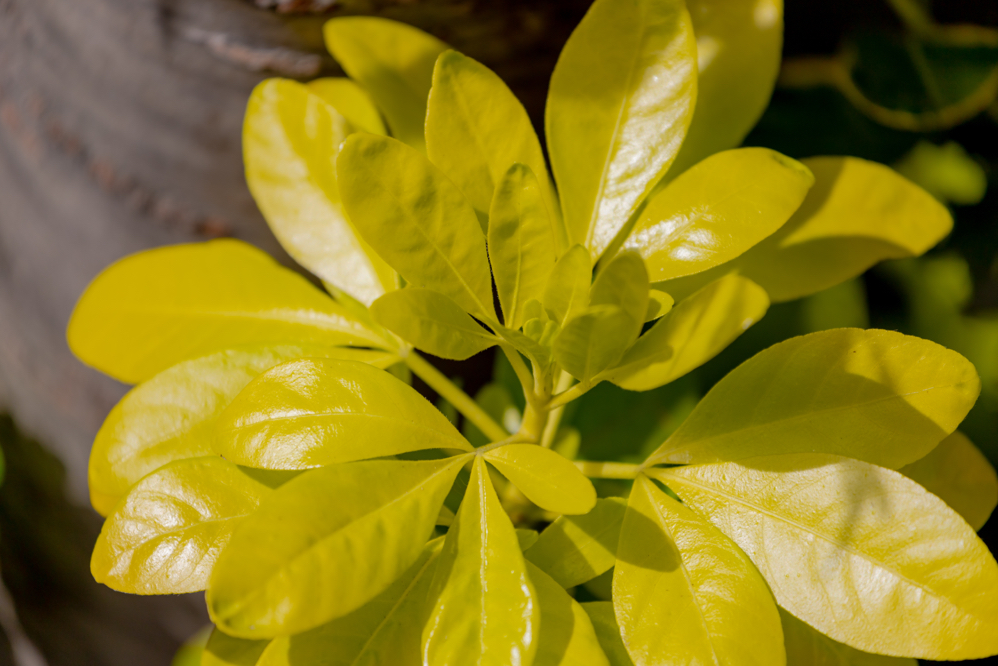
Place some of the growing medium in the base of the new container, place the plant, and then gently firm more of the growing medium around the sides.
Water it in well but make sure that excess water can drain away.
It is also a good idea to place a mulch of good quality homemade compost or other organic matter around the top of the container, but make sure that the mulch is clear of the base of the plant stems, as it could cause rotting to occur.
How Many Can You Plant Per Pot?
These shrubs work best when planted in their own containers as stand-alone specimen plants, but remember that you can group containers to derive benefits from having plants placed close to one another.
Grouped pots may also fare better during the winter months.
Potted Choisya Plant Care
Choisya in containers should be placed in as sunny and sheltered a spot as possible.
While many choisyas can cope with a degree of shade, in most of the UK they will tend to do best when provided with as much sun as possible.
Remember, choisyas are typically H4 hardy, meaning that when growing in pots, it is especially important to grow them in as warm and sheltered a spot as possible so that they can survive the winter months.
Plants in pots are more susceptible to winter cold and may be more likely to experience frost damage and damage to the roots in a particularly chilly spot or during a particularly severe winter.
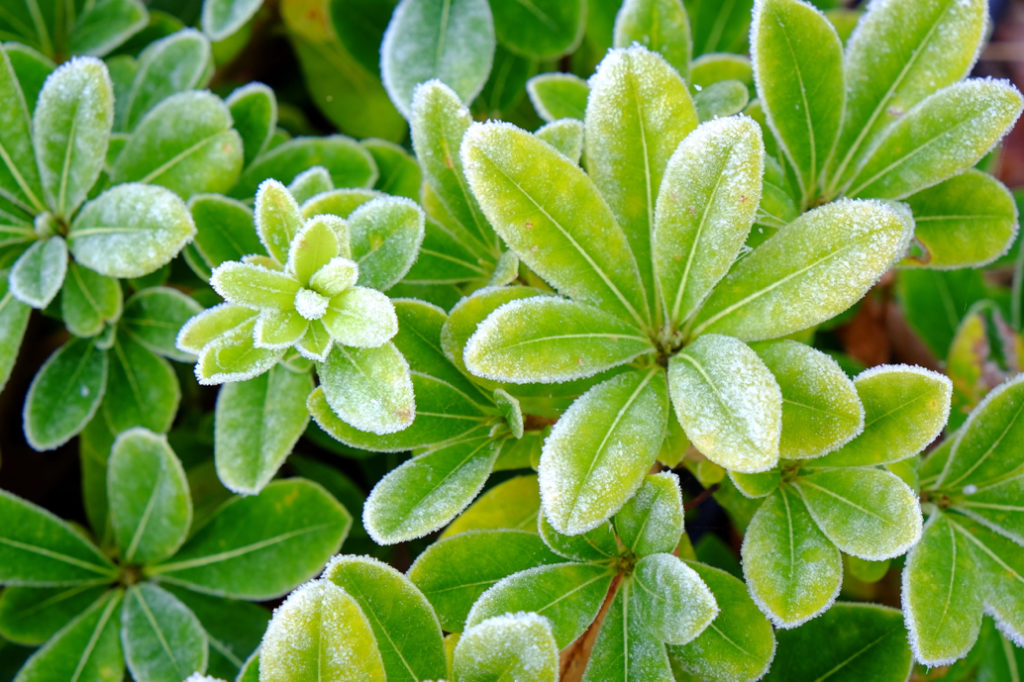
In some areas, it may be best to move a pot-grown choisya undercover, or into the lee of a wall, during the coldest and wettest part of the year.
Water choisya in containers regularly during the settling in period and in dry, warm weather, but take care not to overwater and make sure that excess water can always drain away freely.
Reduce watering as the weather cools, and make sure that plants don’t sit in a wet growing medium over winter.
In early spring each year, remove the top 5cm of the growing medium from your container and replace it with fresh potting mix.
Replenish the mulch of homemade compost or other organic material, again, taking care not to mound this around the base of the plant.
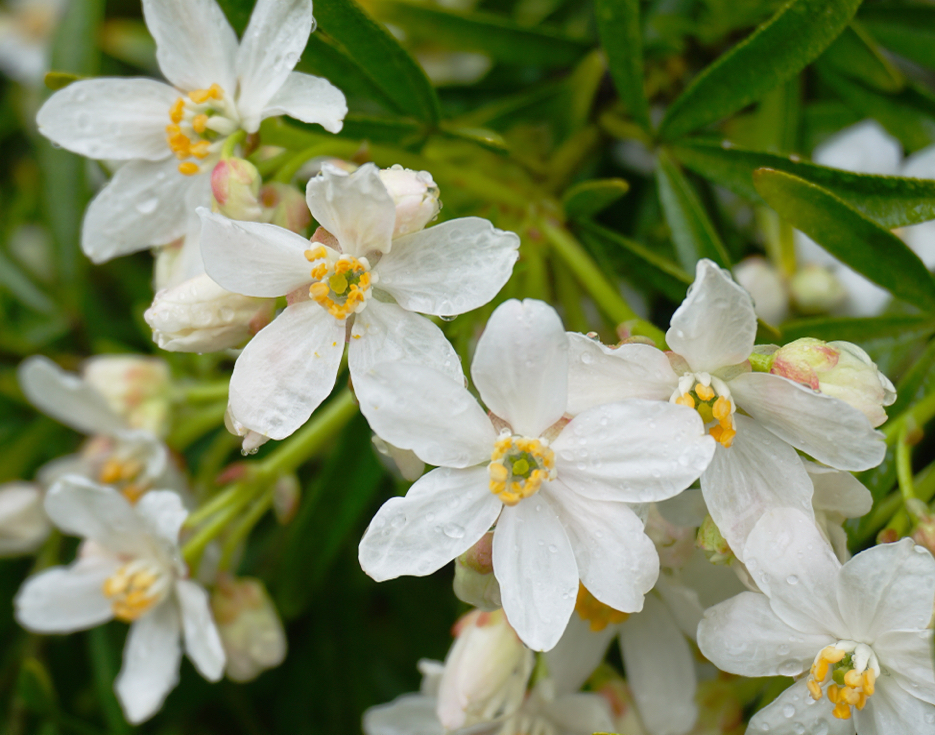
If flowering is poor, you can also consider feeding with a potassium-rich organic liquid plant feed in the spring.
Pruning is typically carried out in mid-spring, or immediately after flowering if flowering occurs around this time.
“When pruning choisyas for aesthetic reasons, make the pruning cut above a node, where the group leaves emerges from the stem, to avoid unsightly bare stems,” says Colin Skelly, a Horticultural Consultant with 13 years of experience, including 5 at The Eden Project.
“Ideally, this will be below the leaves of adjacent stems so that the pruning cut will not be obvious.
“The stem will regrow and not be noticeable from the point of cutting but this may take a few months.
“Try to avoid cutting back further than is strictly necessary to keep a natural shape to the shrub.”
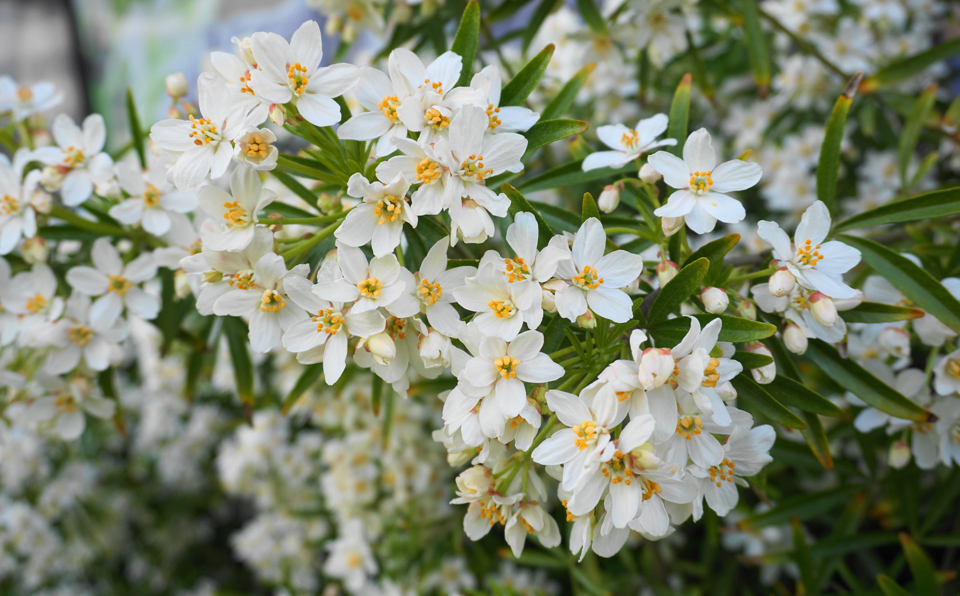
Deadheading for aesthetic reasons can be undertaken after the flowers have finished, cutting back faded flowering stems to the next healthy leaf bud.
Keep an eye on your choisya and repot or prune to restrict the size if the plant outgrows the container or growth/flowering seems poor.
Look out for roots emerging from the holes at the base of the pot.
Growing any shrub in a container takes more work and maintenance than growing it in the ground, but growing choisya in containers is not too much of a challenge and I consider them to be an excellent choice for a container garden.
References
- 1How to grow choisya. (n.d.). Royal Horticultural Society. Retrieved March 14, 2023, from https://www.rhs.org.uk/plants/choisya/growing-guide
